Celebrating women in STEM sector and manufacturing roles at Ritchie – Happy International Women’s Day 2025
Did you know that although women make up close to half the working population, only 12% work in the engineering field? And when it comes to women in welding less than 5% of job applications are from women. (information taken from www.eziil.com)
The number of UK welders fell by a quarter in the last 5 years. Therefore it is more important than ever to highlight the growing change in common perceptions around welding and its link to gender. For a long time careers in the STEM sector have been male-dominated but things are changing. There have been women welding at Ritchie for many years. One such welder – Janice explained a bit more about her own story and how she became a welder.
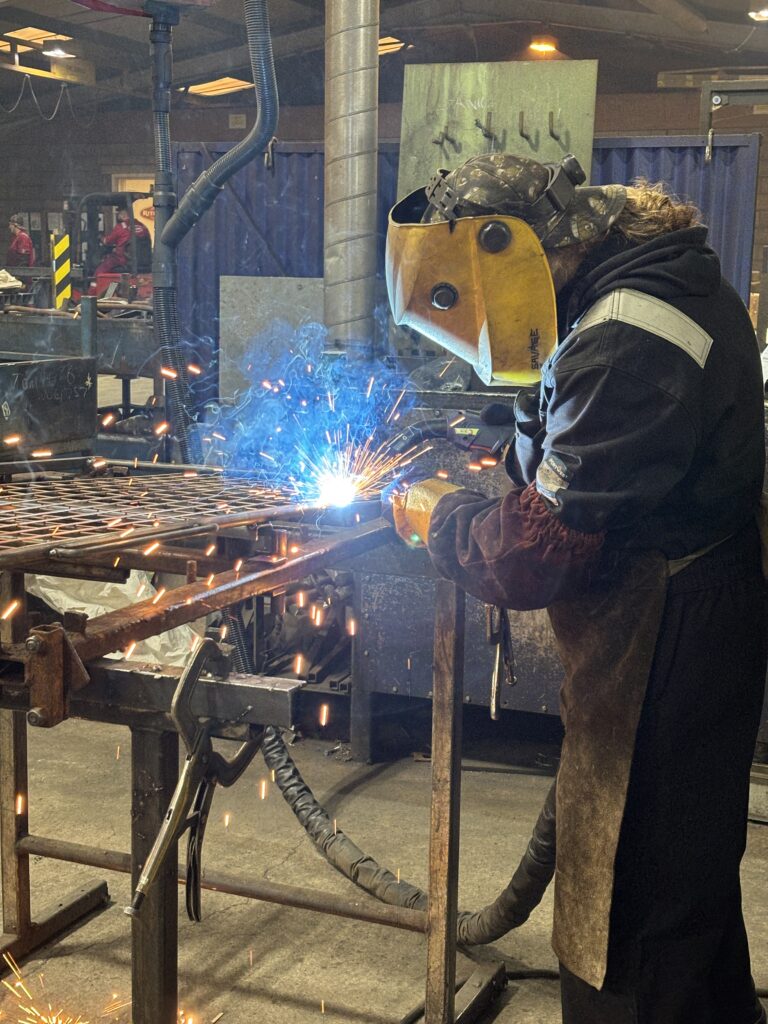
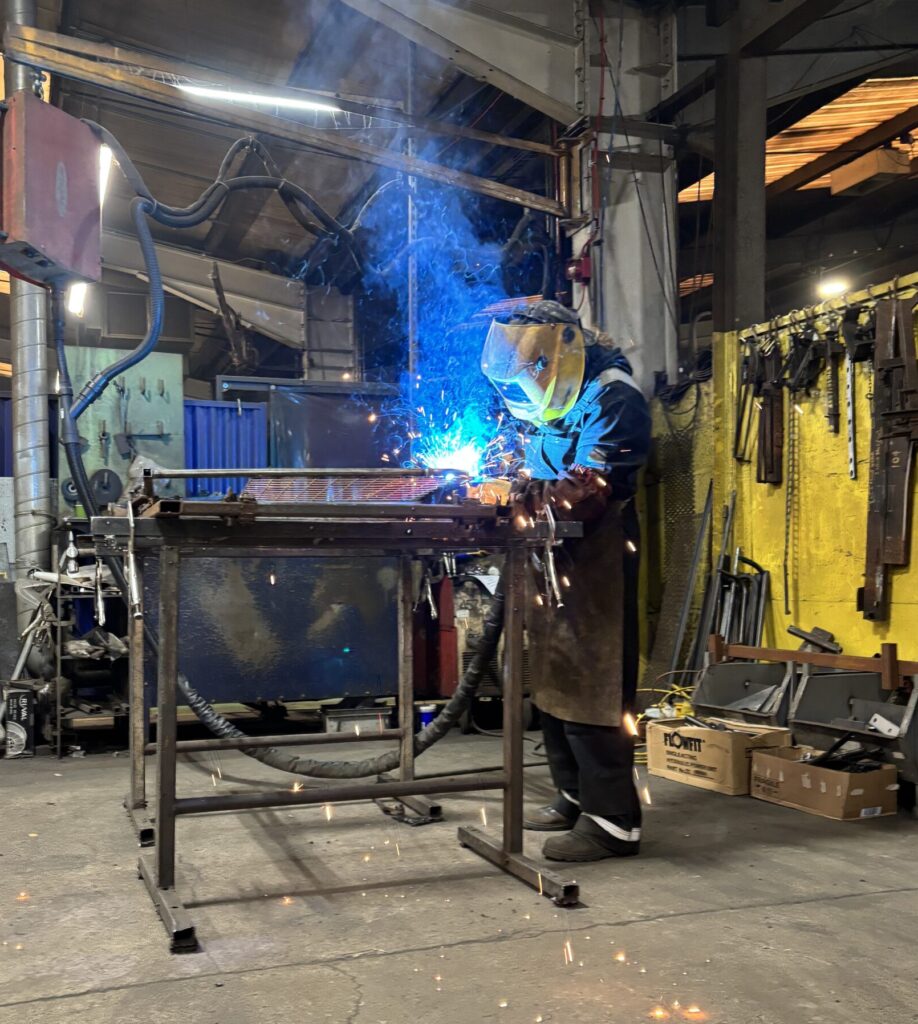
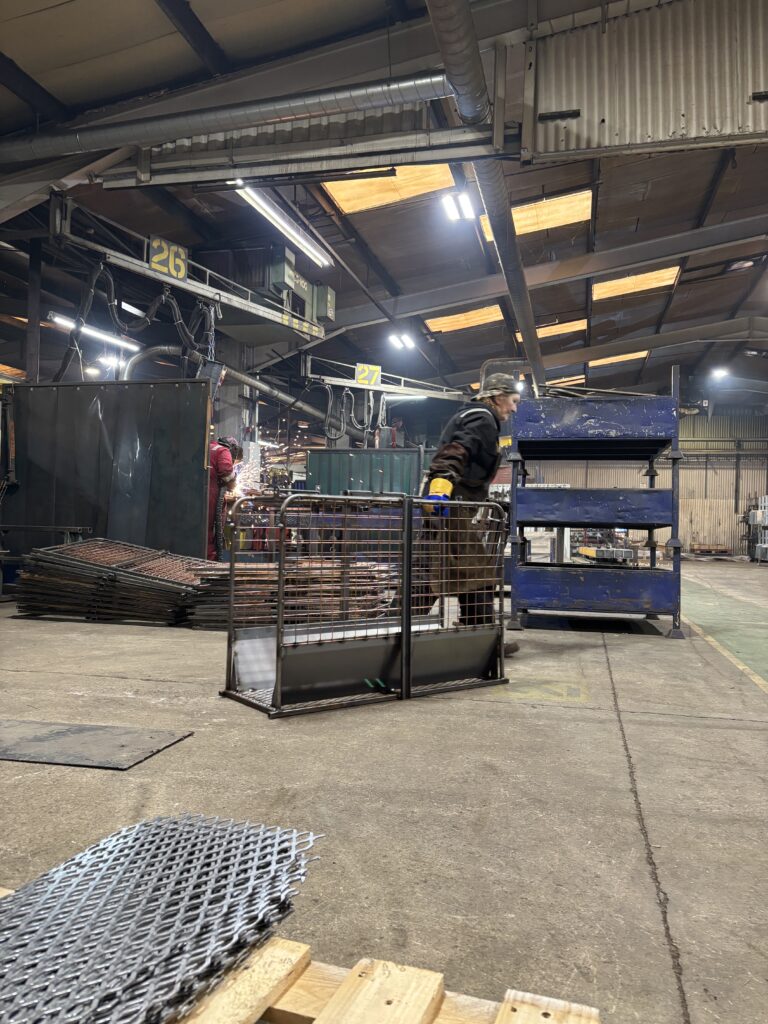
Starting a welding career at Ritchie
When Janice first started at Ritchie in 1985, she was one of only two women in the welding shop. While some of the older male colleagues were initially unfamiliar with the idea of women in the trade, societal changes meant that women needed and wanted to work. Working in retail, or behind a desk was never an option. Her passion lay in working with her hands and had shown interest in mechanics, often assisting her father with car repairs.
Janice’s journey into welding was serendipitous: a friend who worked at Ritchie suggested she give it a try. After an interview, she began her 6 week training, initially finding it overwhelming but embracing the challenge. She witnessed the company’s expansion and consolidation having worked out the old Whitehills site before moving to the current, larger Forfar site.
Best parts about being a welder?
For Janice, one of the best parts of welding is getting her hands dirty and enjoying the ever-changing nature of the work. When we spoke last week she had already completed four different jobs by lunchtime. She explained how on some occasions she’ll end up tackling 20 jobs in a single day.
Welding does also present its challenges. Getting certified requires precision, especially when performing difficult techniques like welding up the line. Testing is rigorous. Welds are examined through X-rays and quality checks. The pressure of knowing your work is being scrutinised can be daunting, but Janice believes in embracing challenges and constantly improving her skills. That is part of the allure.
Welding during pregnancy
Janice continued welding until her last trimester, with accommodations made to ensure her comfort and safety whilst working. She enjoyed the experience despite the challenges. She returned to the career having had two children; managing motherhood and welding.
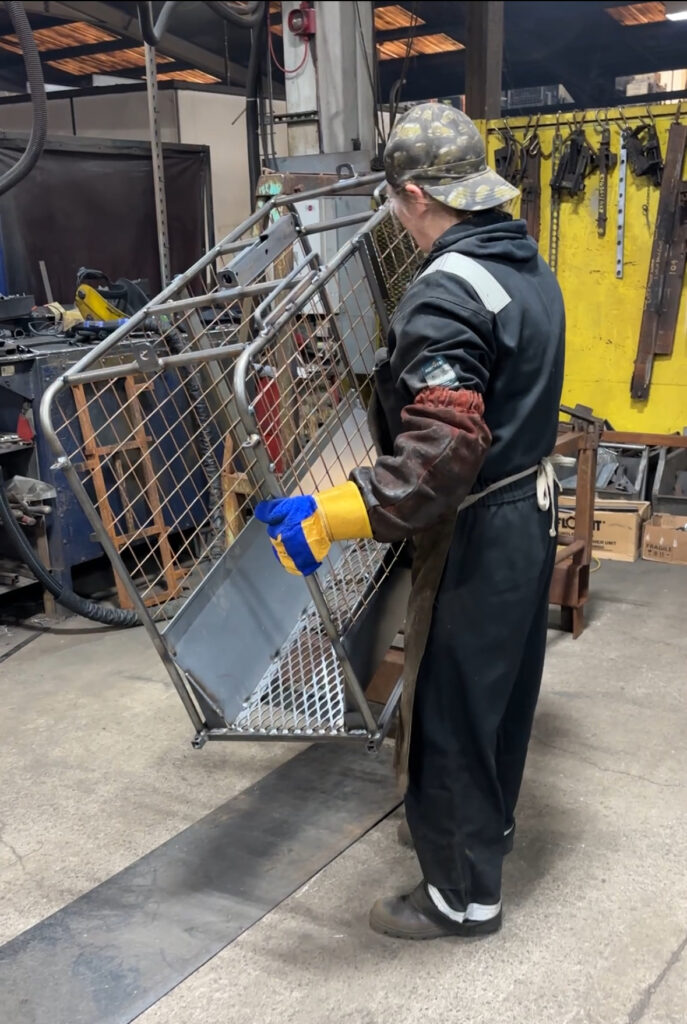
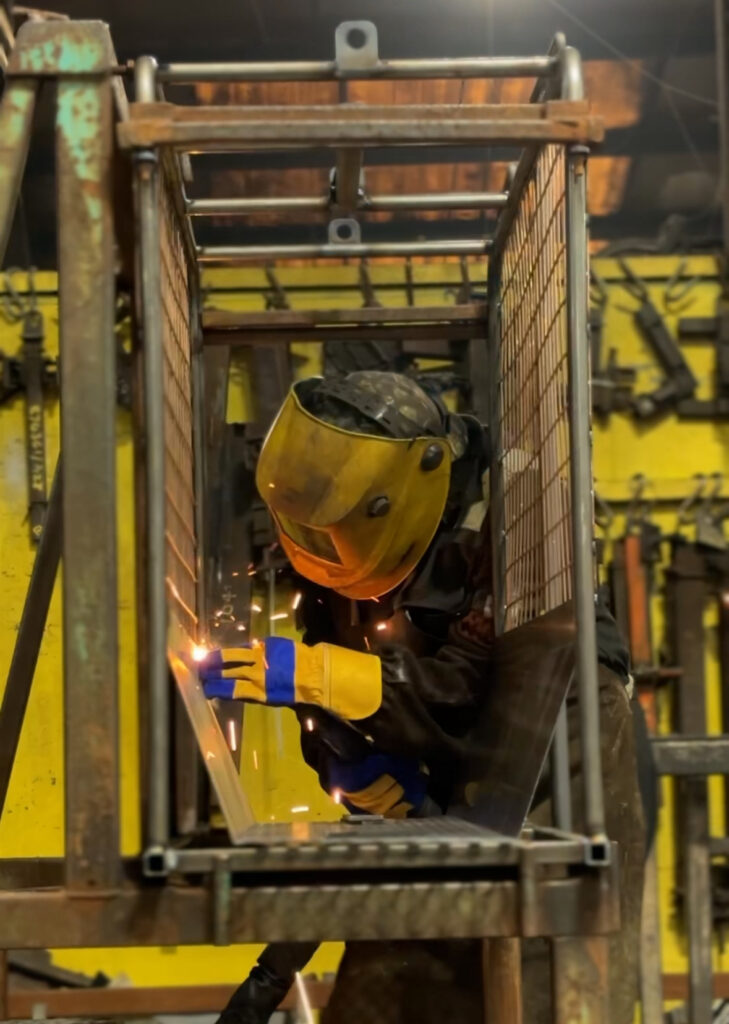
Women in Welding
Janice encourages women to take the leap into welding. Over the years, more women have joined Ritchie, benefiting from improved facilities and an inclusive environment. While some women left after starting families, at one point, there were six women working on the factory floor alongside Janice. It’s important to see women doing this work. Janice admitted she didn’t even know what a welder looked like before she began training at Ritchie.
Her message to aspiring female welders? “Go for it.” With dedication and support, a career in welding can be both fulfilling and rewarding. After 35 years in the trade, Janice’s continued passion for her work is proof that welding isn’t just a job. It’s a craft worth mastering.
Janice welds part of the Ritchie Digital Lamb Weigher. Using a jig to help assemble the parts and then weld the pieces together. Want to see more behind the scenes manufacturing and STEM sector content? Take a look at our social accounts and give us a follow!
